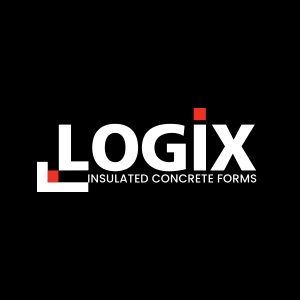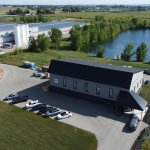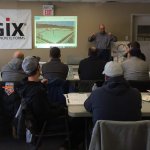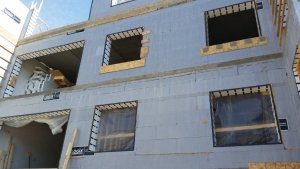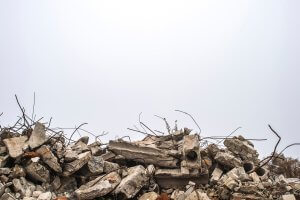Hurricanes are on the rise.
Alarmingly, they are also getting more powerful.
According to the A’18 AIA Conference on Architecture, 80% of Americans have already been hit by extreme weather since 2007.
Chances are high that you or someone you know has been devastated by an extreme weather event. Perhaps you lost some of your possessions. You might have even lost your entire home, or desperately feared for your family’s safety.
Hurricanes leave heartbreaking devastation in their wake. Because of this, many people want to know what they can do to protect themselves and their family in the event that another disaster occurs.
This makes sense given that history shows that North Atlantic hurricanes have been increasing since the early 1980s. The problem is that they are not only increasing in number but are also getting stronger and lasting even longer than ever before.
The strongest, most powerful hurricanes (Category 4 and 5) are also on the rise.
Of course, all you need to do is open your newspaper or turn on the television to see that this is true. In a period of a year, the United States experienced three Category 4 hurricanes alone – Harvey, Irma and Maria.
The reality is that as the climate continues to warm, hurricanes are projected to get even stronger. It is expected that rainfall will increase alongside these hurricanes as well.
This comes straight from a report put together by the National Climate Assessment, a team comprised of more than 300 experts and 60 additional members of the Federal Advisory Committee.
But while hurricanes are projected to increase in number and strength, the good news is that there is a way to protect you, your family and your home: homes built with Logix insulated concrete forms (ICFs).
This blog post is a spotlight on the #HurricaneStrong home, a demonstration home that was built by Federal Alliance For Safe Homes (FLASH) to illustrate the best-in-class (and yet affordable) hurricane and wildfire safe construction.
What’s particularly noteworthy is that Logix ICF was selected for the walls of this expertly-designed demonstration home!
(And as you will see, another home, built in the exact same area with Logix ICF a few years prior, actually ended up dramatically surviving Superstorm Sandy altogether!).
How to Protect Your Home From Hurricanes: The #HurricaneStrong Home
As you saw above, FLASH, the fastest growing disaster safety awareness organization, built the #HurricaneStrong home to illustrate the best-in-class in hurricane safe construction (and they chose Logix ICF for its walls).
FLASH wanted to create a resilient home that would be resistant to flooding, rising sea levels, storm surges, temperature extremes, fires and wind events – in other words, all of the trappings of a hurricane.
This was especially true after Hurricane Sandy, which went on to kill 159 people, destroy 650,000 homes and cause $65 billion in damage in the U.S.
The demonstration home is actually a rebuild of a home in Breezy Point, a community located in New York Harbor that ended up being one of the hardest hit areas. Unfortunately, this particular resident’s home was completely destroyed by SuperStorm Sandy.
As you may recall, the entire community was hit hard by high winds and floods. The winds were so strong that they caused the hydro wires to fall down, which went on cause an electrical fire. The fire ended up burning down 130 homes.
Interestingly, a Logix-built home in the exact same area ended up surviving SuperStorm Sandy. You can see the power of Sandy, and the compelling story of this home’s survival, in this video here:
Design Details of the #HurricaneStrong Home
You will notice that the #HurricaneStrong demonstration home was specifically designed to be wind, water and fire resistant.
In terms of holding up against wind and water, this meant that the windows, doors, skylights, roof and siding all had to designed in specific ways. You can see, for example, that the roof was made with concrete roof tiles. In fact, much of the house was designed with concrete because it’s such a strong material (in fact, it’s one of the strongest construction materials you can use).
As an example of the importance of concrete’s strength, the #HurricaneStrong home was built with a cast-in-place reinforced concrete foundation and even fiber cement siding.
The #HurricaneStrong home also has a cast in-place reinforced concrete stairway, a cast in-place 6” thick reinforced concrete deck and a cast-in place reinforced concrete catwalk as well.
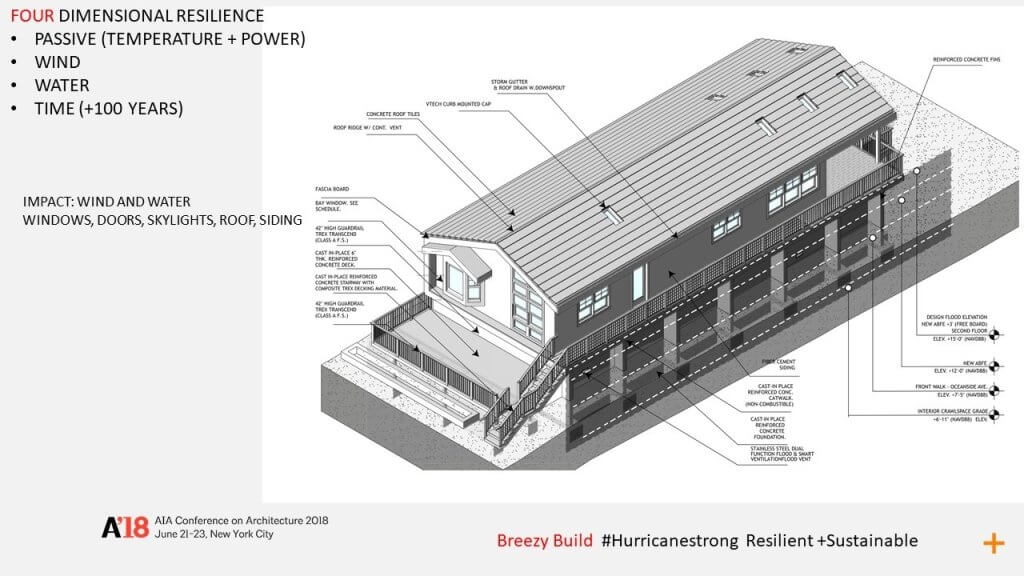
In other words, there is a lot of concrete!
Check out this time-lapse video below of the construction of the amazing Breezy Point home.
Of course, the demonstration home wouldn’t be as disaster resilient without Logix ICF being selected for the walls of the home!
Why ICFs Are Critical For Disaster Resilience (And How They Work)
The problem with a lot of homes is that they are constructed with wood, which means that they can buckle and blow over in an extreme weather event.
Wood-frame homes can also easily catch on fire. In fact, it only takes around 15 minutes for a wood-frame home to catch on fire. And as you saw above, when hydro lines fall down, the risk of a home catching on fire is a very real possibility.
A home constructed with ICF walls, however, is wind, water and fire resistant (FEMA recognizes both concrete and ICFs as resistant to flood damage).
ICF also strengthens the home’s thermal capabilities as well.
Of course, it goes without saying that great insulating power also means that the home is much more energy-efficient and comfortable compared to a regular wood-frame home. This results in cost savings as well. In fact, Logix ICF homes only use 40% to 50% of the energy of a typical home.
We have talked about how ICF walls work before, but here’s a brief recap:
1) The first component of the wall system is the hollow Logix blocks (which are made of expanded polystyrene). The polystyrene makes these blocks highly insulated.
In fact, the R-value is R25 or higher. The wall unit is also airtight, offering up to 60% lower air filtration than a traditional wall. This adds comfort and reduces draughts.
2) Steel reinforcement bars are then placed in-between the hollow blocks. Steel reinforcement bars provide superior strength and durability, especially in comparison to wood-frame walls. They are also fire-resistant.
3) Next, the blocks are filled with concrete. This concrete core provides a 5-day thermal lag, maintaining the inside temperature for much longer.
In short, this steel reinforced concrete core maintains the home’s interior temperature for a much longer time and reduces sound so that in the middle of a hurricane, you feel both safe and comfortable.
The former is particularly important after an extreme weather event as power lines are likely to be knocked down. The resulting power outage can last for days and even weeks on end, making a comfortable living environment in the home a real necessity.
And keep in mind that these blocks stack together like Lego to form the walls.
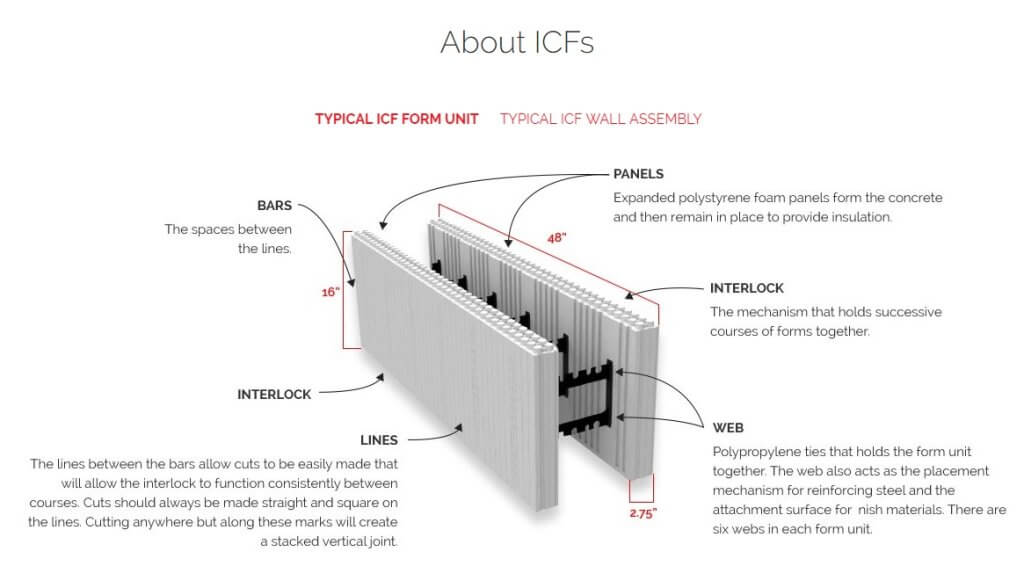
In short, ICF walls are:
- Highly insulated
- Protected from winds (even over 300 mph)
- Protected from fire (4 hour fire rating compared to only 15 minutes for wood-frame wall) and earthquakes
- Incapable of rotting (unlike wood)
- Superior at sound reduction (you feel safe and comfortable)
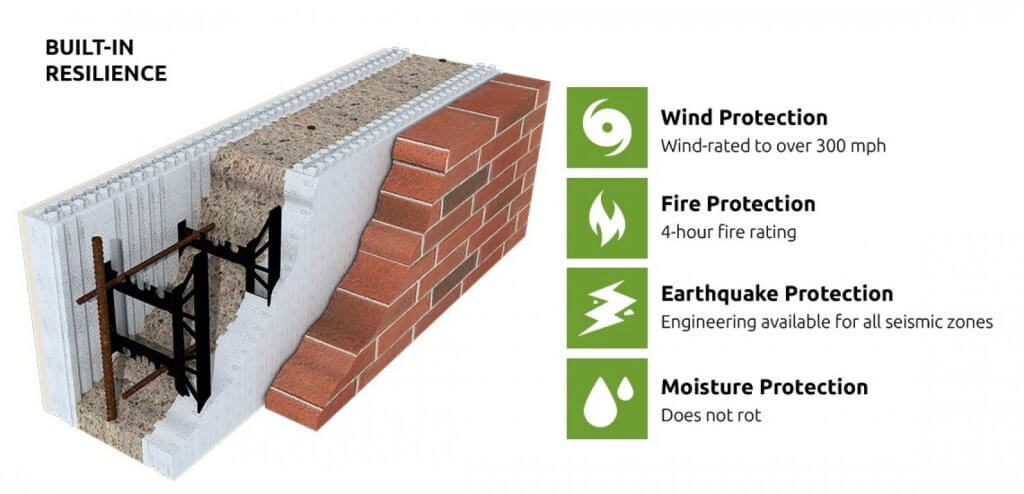

In the #HurricaneStrong home, the ICF walls were specifically made with 4” concrete core Logix ICFs, with #4 rebar 16” o/c.
If you know anything about concrete, you will know that the thicker the concrete, the stronger it tends to be. In fact, 6” and 8” concrete core are actually most common. However, the #HurricaneStrong home was made with a 4” concrete core in order to maximize the amount of living space within the home given the narrowness of this particular building lot.
This goes to show just how powerful this concrete core really is.
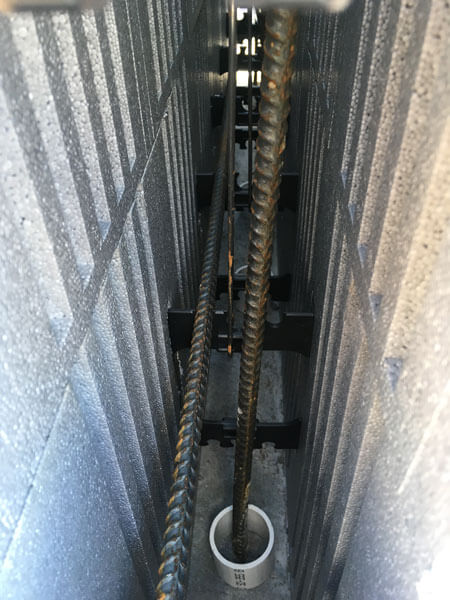
In this respect, the #HurricaneStrong home was just like the Russell’s home in Florida, which was hit by both Hurricane Matthew and Hurricane Irma and yet sustained virtually no damage. That home was also built with 4” concrete core Logix ICFs.
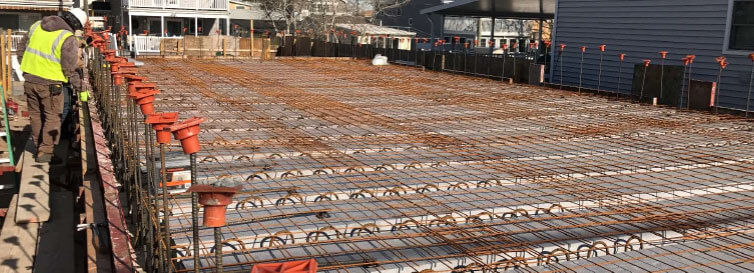
It should also be mentioned that the main floor of the #HurricaneStrong home was also constructed with ICF technology. Not only is this main floor energy-efficient, but it is also strong and able to hold up against the impact of a hurricane.
Also keep in mind that the both the walls and floors incorporate Graphite Polystyrene foam insulation, which increases insulation R-values by as much as 20%.
Other Benefits of ICFs
Of course, homes made with ICF walls (like the #HurricaneStrong home) are not just disaster resilient. There are also other benefits that come when a home is designed with resilience in mind.
The fact that the #HurricaneStrong home was made with certified materials (such as ccSPF and ICF) makes the home much less of a risk. The result is not only increased safety but also lower claims (and therefore increased savings overall).
In fact, this home qualifies for an 87% discount on flood insurance as well. The #HurricaneStrong home went from a $5075 flood risk premium to just $675. If you take the time to do the math, this results in $4,400 in savings in just one year.
Over the next 20 years, this results in $88,000 in savings.
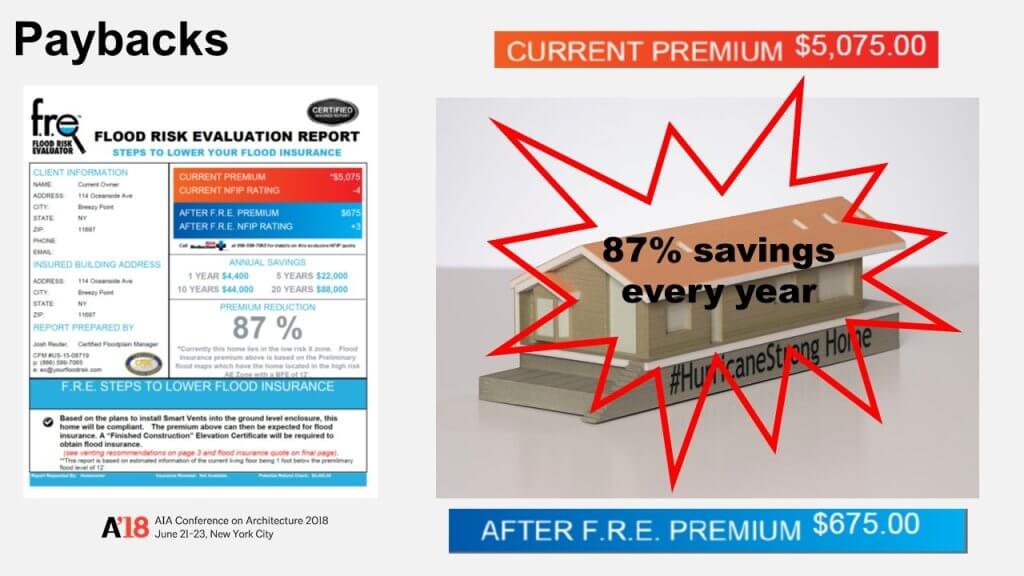
Wrapping It Up
Hurricanes and other extreme weather events are on the rise. But even so, it is possible to protect your loved ones and your most valued possessions.
As the #HurricaneStrong Home demonstrates, Logix ICF blocks make your home fire, water and wind-resistant.
Unlike a regular wood-frame home, your home will not buckle or rot in the event of a hurricane. It will also not catch on fire. Logix ICF walls also make your home highly insulated for increased energy savings over time, in addition to reducing your flood premiums as well.
Simply put, Logix ICF gives you peace of mind knowing that you are safe when a hurricane inevitably strikes again. When it does strike, the Logix ICF blocks create a safe and comfortable space against the unpredictability of weather extremes.
For more information on how Logix ICF contributes to a hurricane-safe home or building, click here. To request a quote, get more information, or to talk to a Logix Advisor, contact us here today.
